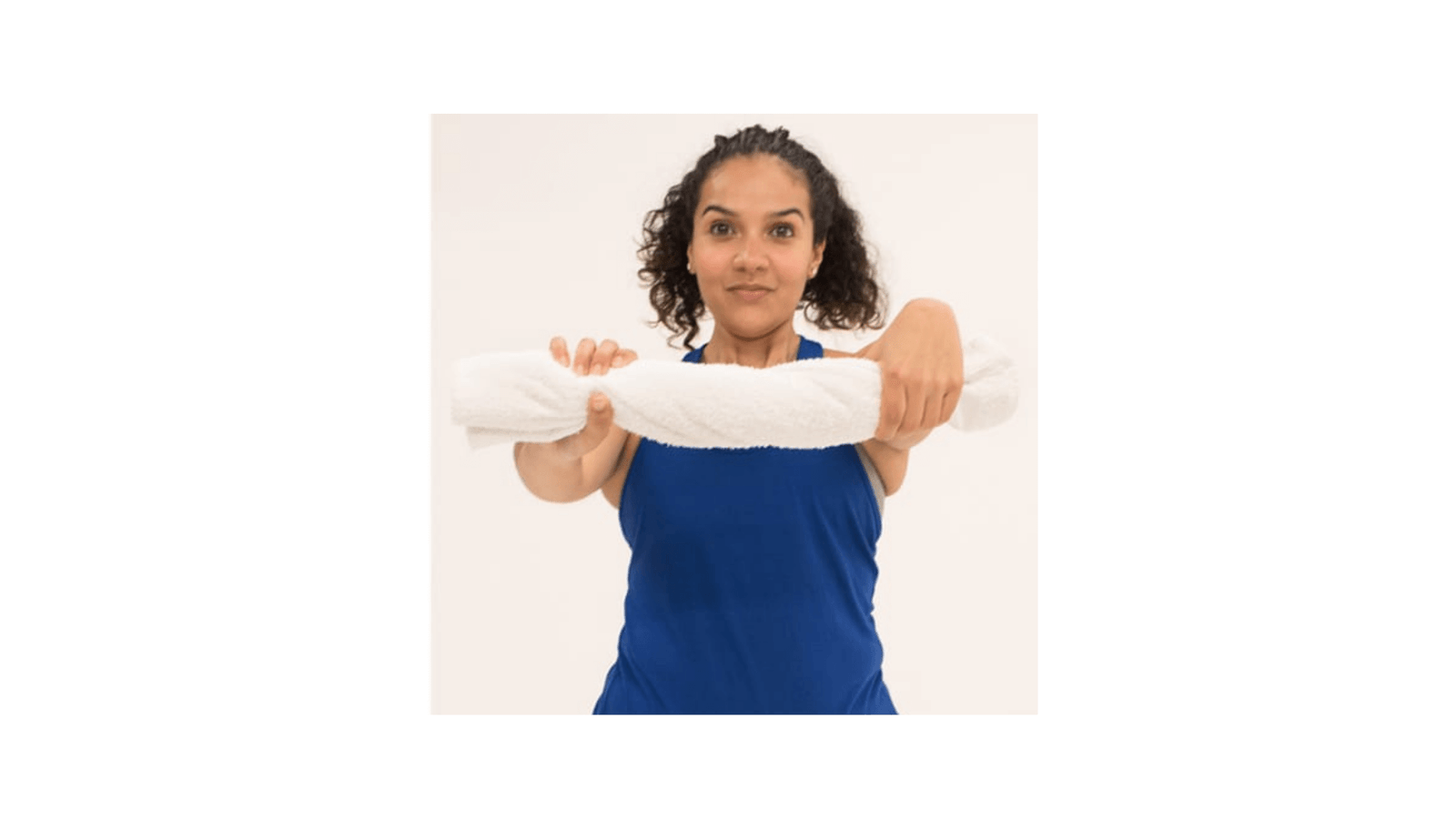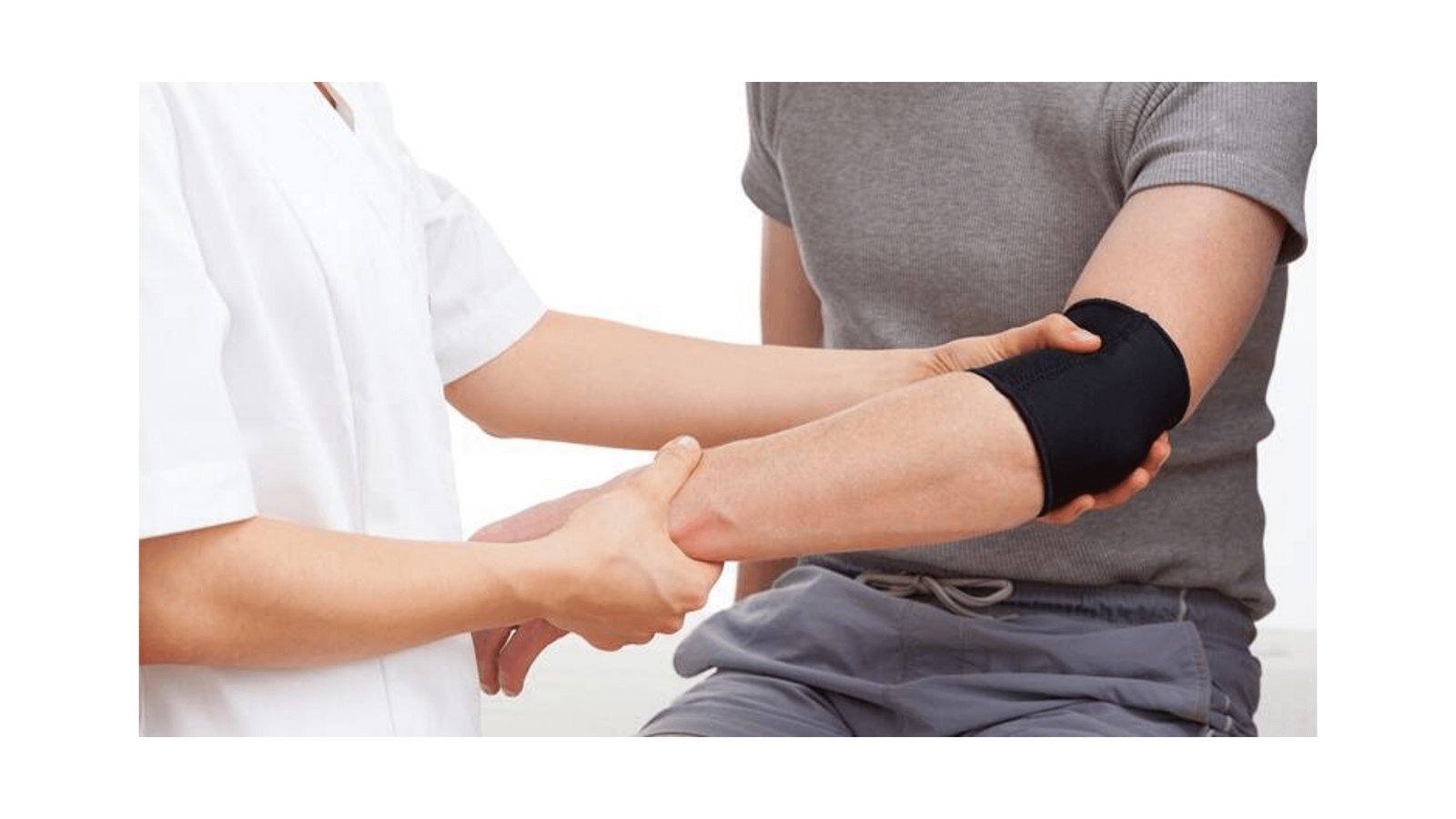It is a condition primarily characterized by excruciating pain in the elbows and arms due to swelling in the tendons. A tendon is a connecting tissue that attaches muscle to bone. Tendons absorb shock and protect underlying muscles from potential damage. It is a type of tendinitis.
Contents
Tennis Elbow: How Long Does It Take To Heal?
It is commonly, and often erroneously, believed that tennis elbow can happen only to tennis players. Contrarily, it can happen to anyone who makes intense use of gripping with the thumb and first two fingers over a long period of time. Hence, sportsmen/women are more prone to developing tennis elbows, especially those in the fields of badminton, tennis, squash, weight lifting. Those pursuing daily actions requiring repetitive arm movements and gripping like painting, knitting, typing, carpentry, etc., can also develop tendinitis.

Symptoms
- Pain and tenderness in the elbow region.
- Radiating pain in the upper/lower arm.
- Hand may be immobilized to perform daily functions like lifting, opening a door, shaking hands, making a fist, gripping an object, writing or holding a pen, holding kitchen appliances to cook, or even raising your hand.
- The wrist may be affected as you feel a twitching pain while straightening your wrist.
Diagnosis
Diagnosis would entail a thorough physical examination by a qualified doctor. Imaging tests such as X-Ray or MRI are normally recommended to rule out other problems.
Treatment
Thankfully, ‘tennis elbow’ normally heals on its own. It requires no elaborate treatment process. However, to accelerate recovery from this condition one has to give his/her elbow a much-needed break and religiously follow up with some motion exercises to reduce stiffness in the area and to improve mobility.
Initially, a doctor may recommend cold ice application on the injured area several times a day to help mitigate the swelling and soreness. Additionally, one may use an elbow strap to protect the injured tendon from further wear and tear.
The following physical therapy exercises can be gradually introduced to prevent a recurrence. They are gentle strength-training exercises for the fist, wrist, lower arm, elbow, and upper arm.
Improving one’s grip is the prime objective in the path toward recovery from tennis elbow:
- Fist clenches
First clenches exercise are recommended. For this one would have to place his forearm on a table and hold a folded towel/small ball in his hand and squeeze the object, hold for ten seconds, and release. This may be repeated 10 times or as many times that can be comfortably performed by the patient. Gradually the action may be scaled up when grip improves.

- Exercise with a 2-pound dumbbell
One may be advised to sit on a chair and place his elbow on his knee while holding a light, two-pound dumbbell in hand vertically. Holding the dumbbell and turning the palm upwards, he rotates his arms outwards. One may repeat the process while now rotating the arm in the other direction, palm facing downwards. This will complete one set of the exercise. Arm rotations may be repeated as many times as can be comfortably performed. 20 times are a recommended limit.

The above exercise is for the lower arm exclusively. The upper arm and the elbow remain still.
The wrist muscles, responsible for bending the wrist, are also often affected by ‘tennis elbow’. The following exercise is meant to flex the wrists exclusively, while keeping the rest of the arm still.
As in the above exercise, one will need to work again with a 2-pound dumbbell. However, in the initial stage, one can choose to do without using weights.
The steps include holding the dumbbell with palm facing down, extending the wrist by curling it toward the body, and returning to the starting position. This may be repeated 10 times.
The next round of exercise would include turning the palm facing upwards, resting the elbow comfortably on the knee.
The same set of movements are repeated as in above, except that the palms face upwards. The wrists are flexed and curled toward the body and then brought back to the starting position. This may be repeated 10 times.
- Towel-twisting exercise
Towel-twisting exercise may be given a try only once the grip starts improving in the fist, wrists, and lower-arms.One sits comfortably on a chair holding a dry towel in both hands and starts to twist it in a fashion to wring out water from it. This may be done 10 times.Repetition of the exercise is recommended in the opposite direction.

Word of Caution
It is always advisable to seek medical assistance before starting any exercise regimen. One should never start out on any rigorous training if swelling persists. He should wait for it to subside and repeatedly apply cold compressions or take the doctor’s advice before performing these stretching and strengthening exercises.
You Might Read More About: How To Treat Muscle Disorders?
